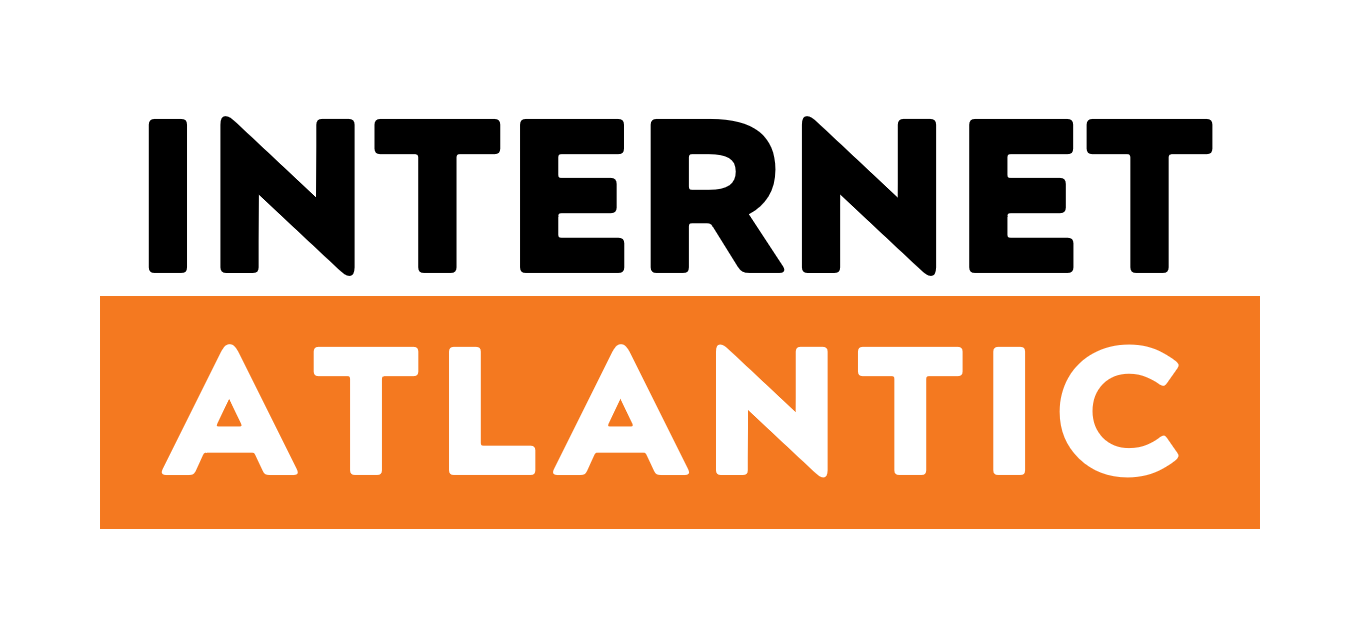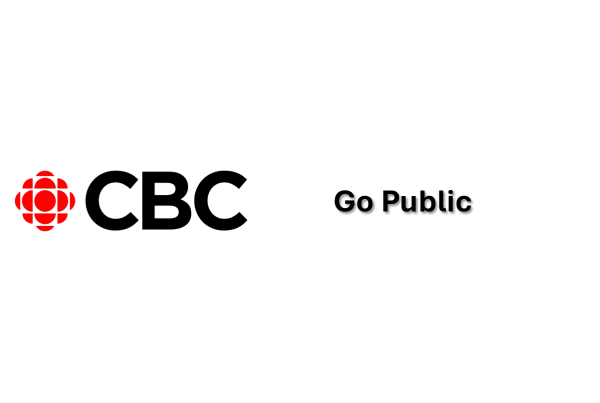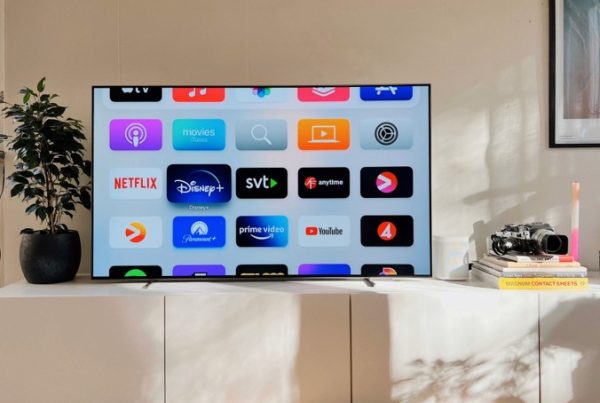As internet speeds continue to climb, many Canadians are being tempted by ISPs touting ultra-fast fiber connections, offering speeds of 1 gig, 1.5 gig, and even 3 gig. These numbers are impressive, but do we really need such high-speed services, or is this just another way to pry more money from our wallets?
Understanding Internet Bandwidth Needs
First, let’s break down what these numbers really mean. Internet speed is measured in megabits per second (Mbps) for both downloading and uploading data. Standard activities like streaming a movie on Netflix or joining a Zoom call have specific requirements:
- Netflix: HD streaming requires about 5 Mbps, and Ultra HD needs around 25 Mbps.
- Zoom: High-quality video calls use up to 3.8 Mbps.
- Online Gaming: Services like Xbox or Nintendo use about 3 Mbps, with some extra for downloads and updates.
- VoIP Calls: Services like Skype or FaceTime use between 100 Kbps and 1 Mbps.
These figures show that even for households with multiple users, a 100 Mbps connection often suffices for simultaneous streaming, gaming, and browsing.
The Myth of Gigabit Benefits
When we move to gigabit territory — 1000 Mbps and beyond — the narrative shifts. Providers argue that higher speeds prevent buffering, reduce download times, and future-proof your home. But let’s assess the reality:
- Unused Capacity: Even in a household where three people are streaming Ultra HD videos simultaneously, the bandwidth used would barely cross the 75 Mbps mark — a far cry from even 100 Mbps, let alone 1000 Mbps.
- Cost vs. Benefit: The leap from 100 Mbps to 1000 Mbps can often double a household’s internet bill. For the vast majority of users, this means paying for unused capacity.
- Real-World Speeds: Despite the advertised speeds, actual speeds experienced by users can be much lower due to various factors like network traffic, server response times, and more.
The Potential for Overinvestment
By pushing gigabit services, ISPs might be leading consumers towards a significant overinvestment. Here’s what to consider:
- Marketing Over Practicality: The push for gigabit internet often comes from a place of marketing, playing on fears of missing out on the latest tech advancements.
- Squeezing Consumer Wallets: With real-world usage far below these high-speed offerings, it seems more like a strategy to increase consumer spending than to meet actual needs.
Conclusion: Balancing Need and Expenditure
Before opting for high-speed fiber internet, consider your actual internet usage. For most Canadian households, upgrading to gigabit internet appears to be an unnecessary expense, padded by the promise of ultra-fast speeds that most will rarely utilize. It’s crucial to critically assess whether these services genuinely add value to your digital life or if they are simply a way to inflate your monthly bills.
As we continue to connect more devices and consume more data, it’s essential to choose internet services that align with actual needs rather than succumbing to the allure of marketing and the promise of excessive speeds.
Our Honest Perspective.
While here at Internet Atlantic, we’d be thrilled to offer you more services and could easily justify nudging our rates up by 20-40%, we believe in maintaining our integrity as your trusted advisor. In fact, we have no bias in this debate. We recently launched our 1 Gbps and 1.5 Gbps services in Ontario and Quebec for $109.95 and $119.95 per month respectively—prices that include the modem, installation, setup, and without the catch of introductory rates. We’re committed to keeping these rates steady because we believe in straightforward, honest pricing.
These plans are great, and they offer cutting-edge speeds, but it’s worth asking: are they truly better than the $40 per month plans that many find sufficient? Does the average Canadian household genuinely benefit from, or even notice, the difference these higher speeds make? At Internet Atlantic, we’re not just here to sell; we’re here to ensure you’re making informed decisions that genuinely fit your needs. We’re your trusted advisor, watching your back, not reaching into your wallet.




